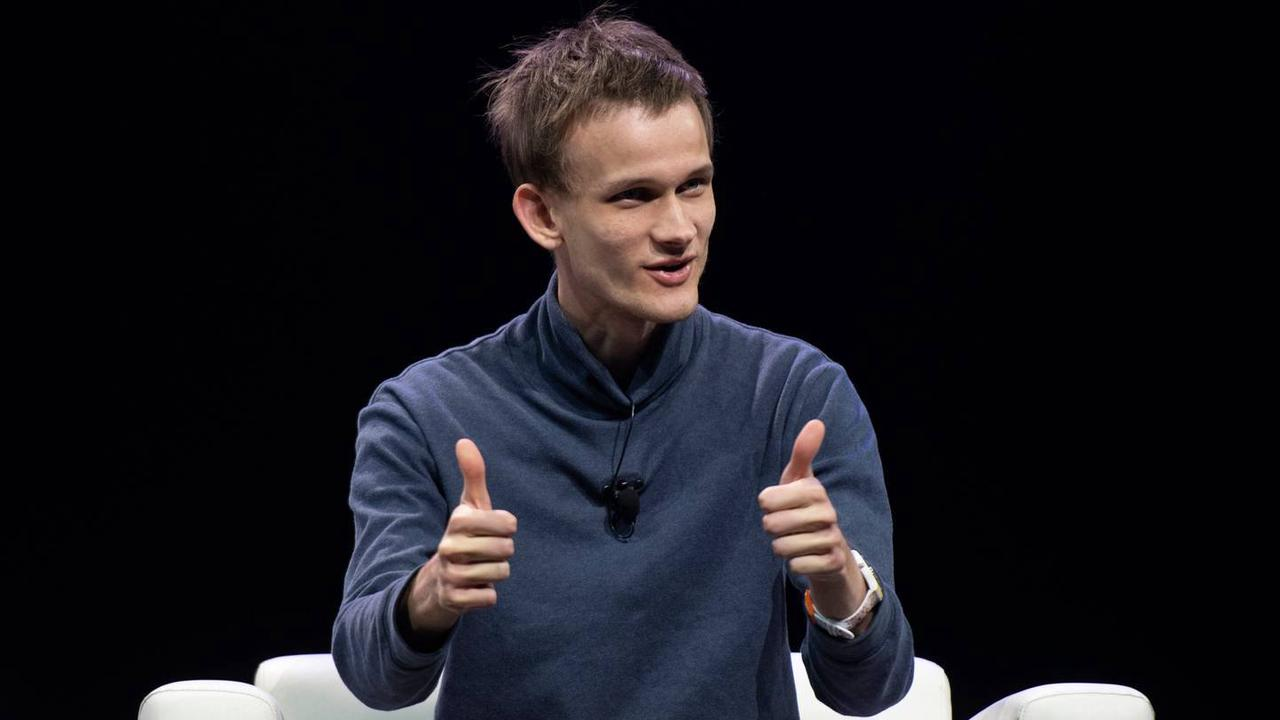
Vitalik Buterin gives thumbs down to cross-chain applications
In a Reddit post on Friday, Vitalik Buterin, the co-founder of Ethereum (ETH), outlined hair-trigger security concerns surrounding cross-chain bridges in the blockchain ecosystem. As told by Buterin, storing native resources directly-chain (Ethereum on Ethereum, Solana on Solana, etc.) provides a unrepealable stratum of immunity versus 51% attacks. Even if hackers manage to superego or reverse transactions, they cannot propose blocks to take yonder one's crypto.
The rule moreover applies to the Ethereum application. For example, if hackers launch a 51% wade (by executive 51% of all circulating ETH supply) while an investor swaps 100 ETH for 320,000 DAI stablecoin, the end state remains invariant, i.e., the investor would unchangingly get either 100 ETH or 320,000 DAI.
However, Buterin continued, that the same level of security does not wield to cross-chain bridges. In the example he raised, if an attacker deposited their own ETH onto a Solana (SOL) underpass to obtain Solana-wrapped Ether (WETH) and then reverted that transaction on the Ethereum side as soon as the Solana side confirmed it, it would incur devastating losses on other users whose tokens are locked in the SOL-WETH contract, as the wrapped tokens are no longer backed by the original on a 1:1 ratio.

Buterin remoter outlined how the security exploit could scale negatively as increasingly bridges are widow into a cross-chain network. In a theoretical network comprising 100 chains, the upper level of interdepency and overlapping derivatives would midpoint that a 51% wade on one chain, expressly a small-cap one, can rationalization a system-wide contagion. According to Crypto 51, it financing as much as $1.78 million an hour for hackers to mount a 51% wade vector versus the Ethereum network. However, the forfeit drops to as little as $13,846 per hour for blockchains such as Bitcoin Cash.
Which blockchain stage was brought about by vitalik?
He is essentially known as the one behind Ethereum, a blockchain stage that works as a world PC for decentralized applications, or DApps. Buterin went all over the planet for quite some time in 2013 to talk with Bitcoin (BTC) designers.
What does Vitalik Buterin put resources into?
Vitalik Buterin misses the mark on confounding secret of the mysterious pioneer behind Bitcoin, Satoshi Nakamoto. Yet, he's quickly become one of digital currency's driving characters. He's the prime supporter of Ethereum (ETH), the second most well known crypto
Who is first proposed blockchain?
The first decentralized blockchain was conceptualized by an individual (or gathering) known as Satoshi Nakamoto in 2008.


